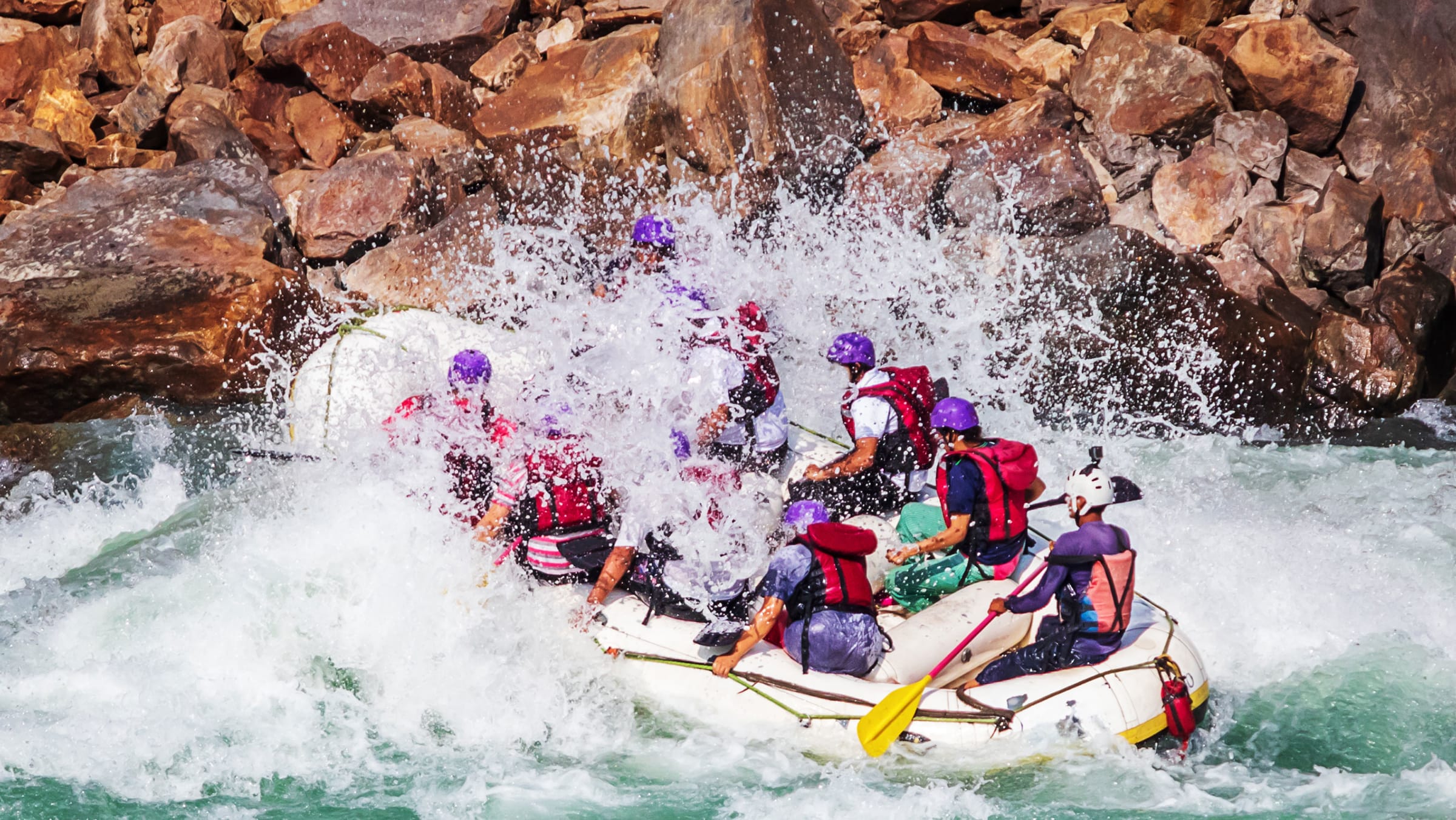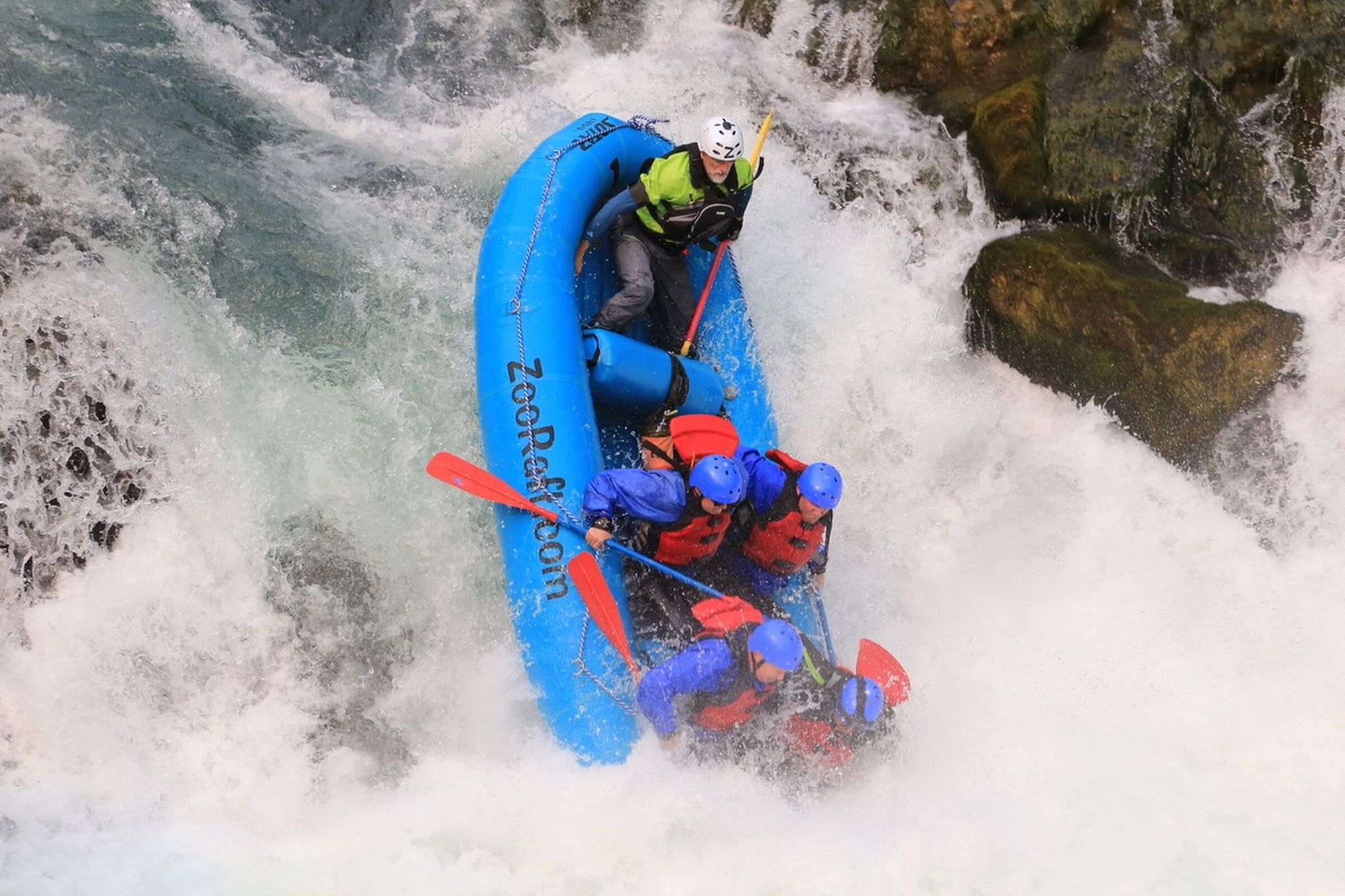White River Raft Hire Colorado: Top Tips for an Exciting River Expedition
White River Raft Hire Colorado: Top Tips for an Exciting River Expedition
Blog Article
From Beginners to Professionals: Master the Art of River Rafting and Overcome the Rapids
River rafting is a thrilling exterior task that supplies a distinct mix of thrilling rapids and awesome all-natural beauty. From novices aiming to dip their toes into the world of river rafting to experienced specialists seeking to conquer the most tough rapids, understanding the art of river rafting requires a combination of ability, expertise, and experience. In this discussion, we will certainly discover essential equipment, selecting the ideal river and rapids for your ability degree, understanding paddling and navigation techniques, safety suggestions and safety measures, in addition to innovative strategies for specialist river rafters. Whether you are an amateur looking for experience or a seasoned rafter looking to boost your skills, join us as we begin on a trip to decipher the secrets of grasping the art of river rafting and dominating the rapids.
Necessary Equipment for River Rafting
When preparing for a river rafting journey, having the appropriate essential tools is important for a safe and satisfying experience. The first tool that every river rafter need to have is an appropriately fitted personal flotation protection device (PFD) or life vest. This is the most crucial safety and security gear as it maintains the rafter afloat in case of an accidental come under the water - White river Raft Hire Colorado. PFDs ought to be used whatsoever times throughout the rafting trip.
One more crucial tool is a dependable and strong headgear. Helmets safeguard the rafter's head from prospective injuries triggered by clashing with rocks or other objects in the river. It is essential to select a headgear that fits well and has a solid chin band to safeguard it in place.
Along with Safety helmets and pfds, river rafters must likewise have a paddle. Paddles can be found in various lengths and materials, so it is very important to select one that is appropriate for the private and the type of rafting trip planned. Paddles ought to be lightweight, resilient, and have a comfortable grip.
Lastly, river rafters should have appropriate footwear, such as closed-toe water footwear or shoes with a safe band. These supply security and traction while walking on unsafe river financial institutions or in the boating.
Selecting the Right River and Rapids for Your Skill Level
Picking the ideal river and rapids that line up with your skill degree is an important aspect of intending a enjoyable and secure river rafting experience. The initial step in picking the ideal river is to assess your very own capabilities and experience degree. Novices should choose rivers with Class I or II rapids, which are reasonably calm and require very little maneuvering. These rivers offer a gentle intro to rafting, enabling beginners to build self-confidence and develop basic abilities. As you acquire a lot more experience and efficiency, you can progressively proceed to rivers with higher trouble levels.
Intermediate rafters can test themselves with Course III and IV rapids. These rivers feature moderate to solid currents, larger waves, and a lot more intricate obstacles. Intermediate rafters should have strong paddling abilities, the ability to navigate via obstacles, and the capability to manage even more tough situations.
Professional rafters, with considerable experience and advanced skills, can handle the utmost obstacle of Course V and VI rapids. These rivers are characterized by incredibly unstable water, huge waves, and dangerous obstacles. Professional rafters need to have exceptional paddling skills, strong physical conditioning, and the ability to make split-second decisions under high-pressure circumstances.
When choosing a river,It is essential to research study and seek advice from professional outfitters or experienced rafters. They can offer important insight into the trouble degree and prospective risks of different rivers, ensuring that you choose a river that matches your ability level and offers the ideal balance of difficulty and enjoyment. By picking the suitable river and rapids, you can guarantee a thrilling and safe river rafting experience.
Grasping the Methods of Paddling and Navigation
After carefully selecting the appropriate river and rapids that straighten with your skill degree, the following step in mastering your river rafting experience is to create the necessary techniques of paddling and navigating. Paddling is the main method of thrusting your boating through the rapids, and grasping the right techniques can significantly improve your control and maneuverability on the water.
To paddle properly, it is necessary to maintain a solid and balanced position in the raft. Keep your feet shoulder-width apart and disperse your weight uniformly. The power for your strokes originates from your core and upper body, so involve your core muscles and utilize your arms and shoulders to produce pressure. Remember to maintain your paddle blade vertical to the water's surface and make use of a combination of ahead and in reverse strokes to navigate via the rapids.
Navigating is an additional important skill in river rafting. It entails reading the river and comprehending its currents, obstacles, and eddies. By observing the circulation of the water, you can expect potential threats and prepare your path as necessary. Additionally, interaction with your staff member is vital for effective maneuvering. Use succinct look at more info and clear hand signals or spoken commands to collaborate your paddle strokes and make certain every person is working together towards a common goal.
Security Tips and Precautions for River Rafting
To make sure a risk-free and delightful river rafting experience, it is vital to focus on safety and security and take proper preventative measures throughout your trip. River rafting can be a thrilling experience, but it also comes with integral threats. By complying with these safety tips and precautions, you can decrease the possibilities of mishaps and guarantee a smooth and pleasurable adventure.
First of all, it is essential to put on proper safety equipment. This includes a well-fitted personal flotation protection gadget (PFD) or life vest that is accepted by appropriate authorities. Make sure every person in your team is wearing their PFDs appropriately and safely fastened. Additionally, headgears are crucial, particularly when navigating via difficult rapids.

Third, constantly raft with a seasoned and qualified overview or teacher. They will have the needed knowledge and skills to browse the river securely and handle any type of possible emergencies. Listen to their directions carefully and follow their assistance throughout the journey.
Lastly, interact effectively with your employee. Develop clear signals click here to find out more and commands to ensure smooth team effort and control. Maintain your group together and stay clear of unnecessary risks or stunts.
Advanced Methods for Specialist River Rafters
Professional river rafters utilize advanced methods to navigate challenging rapids and maximize their enjoyment of the river. These strategies call for a mix of skill, experience, and knowledge of the river's dynamics.

Furthermore, specialist rafters are skilled at executing innovative rescue strategies. These methods involve swift and reliable feedbacks to emergency situations, such as flipping the plethora back over, saving a fellow rafter, or doing a self-rescue in situation of being thrown from the plethora. Specialist rafters are educated to deal with my link these situations smoothly and effectively, making certain the security of the entire group.
Final Thought
To conclude, understanding the art of river rafting needs important tools, selecting the right river and rapids for your ability level, grasping paddling and navigation strategies, in addition to adhering to security suggestions and precautions. For experienced river rafters, advanced methods are needed to navigate tough rapids. By refining these abilities and taking needed precautions, both professionals and beginners can appreciate the adventure and enjoyment of river rafting while remaining risk-free on the water.
From beginners looking to dip their toes right into the world of river rafting to experienced professionals looking for to conquer the most tough rapids, mastering the art of river rafting requires a mix of skill, understanding, and experience. In this discussion, we will explore necessary devices, picking the right river and rapids for your ability degree, understanding paddling and navigation methods, security pointers and precautions, as well as sophisticated strategies for specialist river rafters.Selecting the appropriate river and rapids that align with your skill level is an essential aspect of planning a safe and pleasurable river rafting experience. By picking the appropriate river and rapids, you can ensure a thrilling and safe river rafting experience.
In conclusion, mastering the art of river rafting calls for essential equipment, picking the appropriate river and rapids for your ability degree, grasping paddling and navigation techniques, as well as following safety pointers and preventative measures.
Report this page